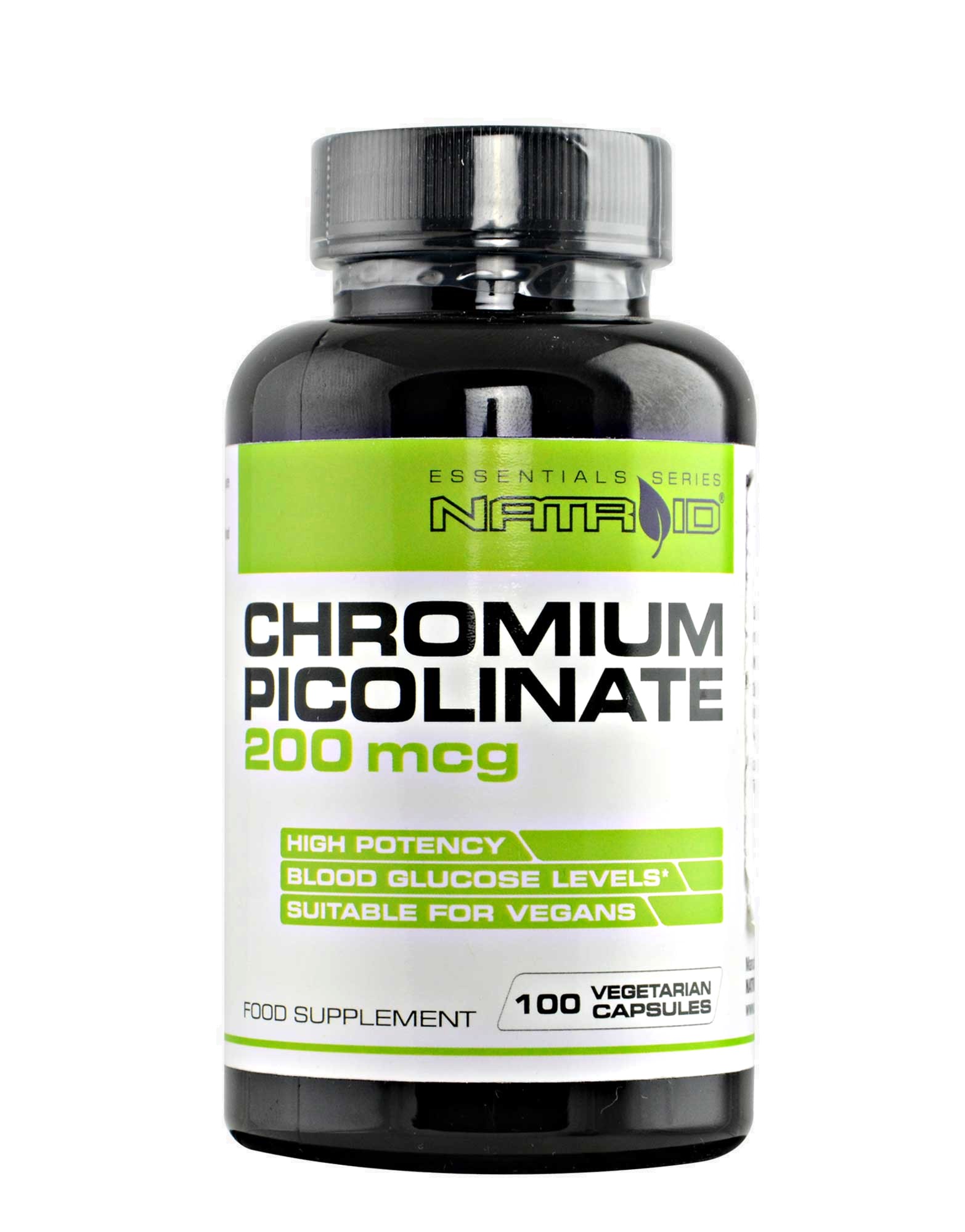

Trivalent chromium has been proposed to be the cofactor for a biologically active molecule that could enhance the effects of insulin on target tissues. In the acidic environment of the stomach, hexavalent chromium can be readily reduced to trivalent chromium by reducing substances present in food, which limits the ingestion of hexavalent chromium (5-7). Hexavalent chromium is highly toxic and is classified as a human carcinogen when inhaled (4). Hexavalent chromium is derived from trivalent chromium by heating at alkaline pH and is used as a source of chromium for industrial purposes. Trivalent chromium appears to have health effects only at pharmacological doses (reviewed in 3), and a dietary deficiency of the mineral has not been observed.Īnother common and stable form of chromium in the environment is hexavalent chromium (Cr 6+). The essentiality of trivalent chromium is questioned, and its proposed function in the body remains poorly understood. In fact, in 2014 the European Food Safety Authority concluded that a dietary requirement - or even an Adequate Intake - cannot be set for trivalent chromium as no conclusive evidence exists that chromium is essential at any dietary intake (2). The most stable oxidation state of chromium in biological systems is trivalent chromium (Cr 3+), which forms relatively inert complexes with proteins and nucleic acids (1). (More information)Ĭhromium was first discovered in 1797. (More information)įew adverse events have been reported with chromium supplementation. (More information)Ī well-balanced diet that includes fruit, vegetables, meat, fish, and grains should easily cover dietary needs of chromium. (More information)Įvidence that supplemental chromium can help treat metabolic syndrome or polycystic ovary syndrome is largely lacking. Results of randomized controlled trials of chromium supplementation in the prevention or treatment of impaired glucose tolerance and type 2 diabetes mellitus have been mixed, with few finding benefits that may be clinically meaningful. However, in 2014 the European Food Safety Authority concluded that requirements for chromium could not be established.

In 2001, the US Institute of Medicine set the adequate intake ( AI) of chromium at 20-35 μg/day for adults. The nutritional essentiality of chromium has been questioned, as a dietary deficiency has not been described.

The predominant chromium form in the body is trivalent chromium (Cr 3+), which may potentiate insulin function when provided at pharmacological doses.
CHROMIUM PICOLINATE BENEFIT PROFESSIONAL


 0 kommentar(er)
0 kommentar(er)
